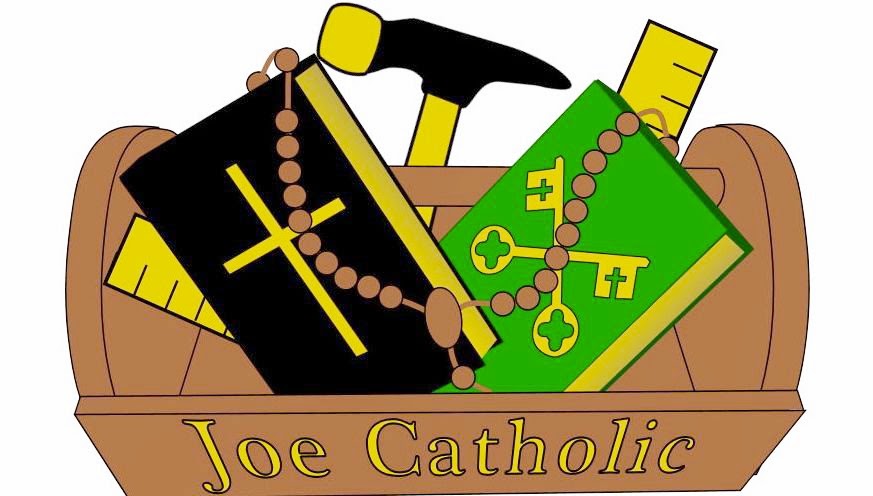 |
| Crucifixion of Christ, Piero di Cosimo |
Below you will find two videos from our last Joe Catholic gathering in which we discussed Christ the King. Because of the importance of this feast day, I have included three excerpts from the Catechism, Bl. Pope John Paul II and St. Josemaria Escriva. Additionally, I have included a few links to read further.the person of Jesus and all His Mystery embody the unity of love of God and neighbour, like the two arms of the Cross, vertical and horizontal. In the Eucharist He gifts us this twofold love, gifting Himself, because, nourished by this bread, we love one another as He has loved us.
Catechism of the Catholic Church :
786 Finally, the People of God shares in the royal office of Christ. He exercises his kingship by drawing all men to himself through his death and Resurrection.211 Christ, King and Lord of the universe, made himself the servant of all, for he came "not to be served but to serve, and to give his life as a ransom for many."212 For the Christian, "to reign is to serve him," particularly when serving "the poor and the suffering, in whom the Church recognizes the image of her poor and suffering founder."213 The People of God fulfills its royal dignity by a life in keeping with its vocation to serve with Christ.Pope John Paul II in Christ the King is Lord of the World and History:
The sign of the cross makes kings of all those reborn in Christ and the anointing of the Holy Spirit consecrates them as priests, so that, apart from the particular service of our ministry, all spiritual and rational Christians are recognized as members of this royal race and sharers in Christ's priestly office. What, indeed, is as royal for a soul as to govern the body in obedience to God? And what is as priestly as to dedicate a pure conscience to the Lord and to offer the spotless offerings of devotion on the altar of the heart?
While we are pilgrims here on earth, we look towards heaven, our definitive homeland. To reach the fulfilment of the divine kingdom, the Gospel urges us not to follow the "prince of this world" (Jn 12: 31; 16: 11), who sows division and scandal, but to remain faithful and humble in following Christ. He leads us to the kingdom of peace and justice, where God will be all in all.St. Josemaria Escriva in Christ is Passing By, 93:
He is our king. He desires ardently to rule our hearts, because we are children of God. But we should not try to imagine a human sort of rule — Christ does not dominate or seek to impose himself, because he “has not come to be served but to serve.”
His kingdom is one of peace, of joy, of justice. Christ our king does not expect us to spend our time in abstract reasoning; he expects deeds, because “not everyone who says to me, Lord, Lord!, shall enter the kingdom of heaven; but he who does the will of my Father in heaven shall enter the kingdom of heaven. (Matthew 7:21)”
For Further Reading:
Dr. Marcellino D'Ambrosio - Christ the King (Catholic Exchange, 2012)Solemnity of Christ the King (Catholic Culture, 2012)


